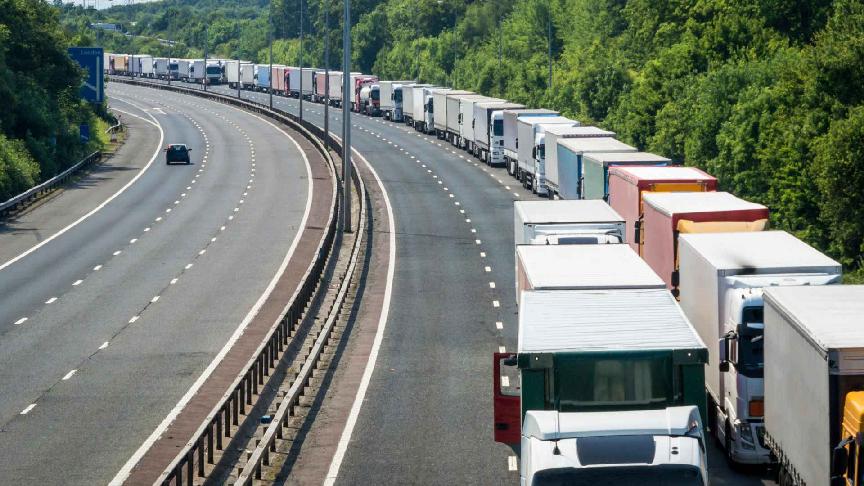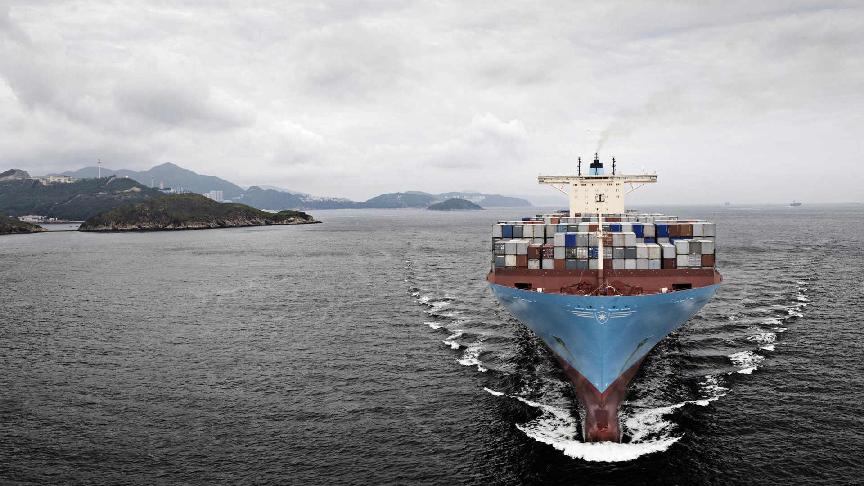(AI-Translations): Español
Peru's key port of Callao has been facing high port congestion and a shortage of truck drivers. These challenges have had a strong impact on the collection and delivery of containerised cargo this year.
The current port situation can be attributed to local and global issues.
The new port of Chancay, operated by Chinese shipping giant COSCO, has been attracting local Peruvian truckers away from the neighbouring port.
Trucking companies find it more profitable to collaborate with the newly opened gateway, prompting them to increase their capacities to partner with the new operator.
Additionally, vehicle access to Chancay's gates has been designed to greatly ease the movement of trucks to and from the port via a dedicated underground tunnel that connects directly to the facility.
Issues facing truckers accessing Callao
Meanwhile, access to the Port of Callao is severely disrupted, with truck queues extending up to 12 kilometres at peak times.
Furthermore, DP World and APM terminals are running different developments to their facilities.
DPW is increasing its capacity by 50% while maintaining the same number of access roads, whereas APM is undergoing port improvement works, which are currently limiting accessibility and dock availability.
Weather and global issues
Other issues have also been affecting container and vessel handling at Callao. High sea waves caused by severe weather conditions along the Peruvian coastline are delaying the timely berthing of vessels.
In addition, high trade volumes, especially for agricultural products, are causing truckers to wait up to eight hours to enter the port's gates.
Callao port has been used as a transhipment port for Latin America to alleviate the congested situation of nearby ports, accentuating the current situation.
Like many transhipment hubs since the onset of the Red Sea situation, Callao is experiencing a shortage of 20-foot containers.
This issue is mainly due to the movement of empty units to the Far East, driven by the country's strong demand for imported tiles, palm oil, ceramics, and agricultural products from that region.
While no short-term solution is expected for the trucker shortage caused by their moving to the competitor port, Kuehne+Nagel expects port congestion to ease by the end of the first quarter.







